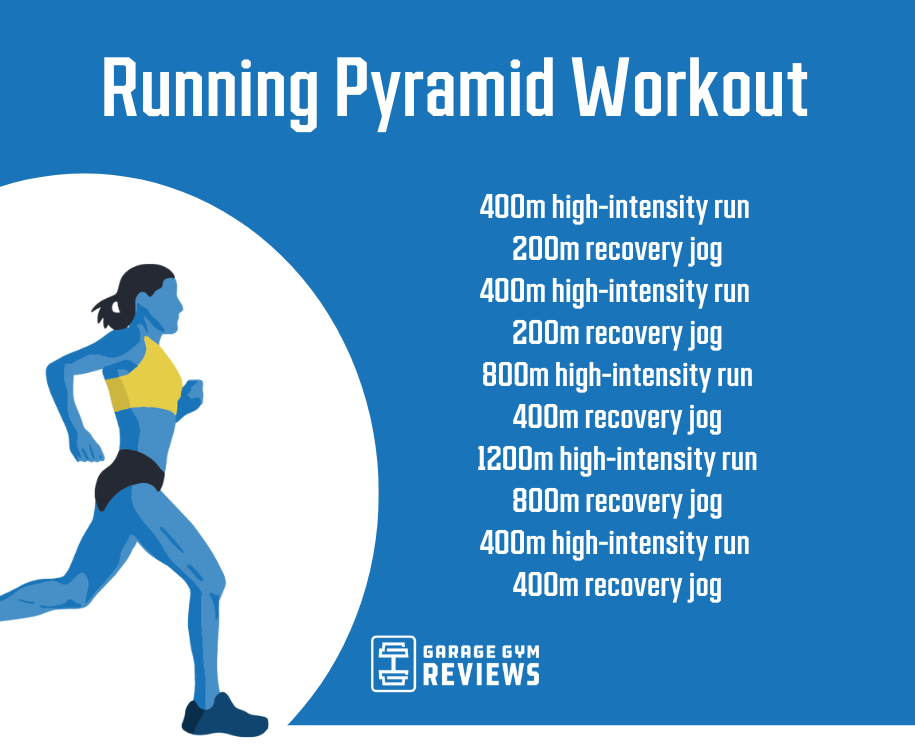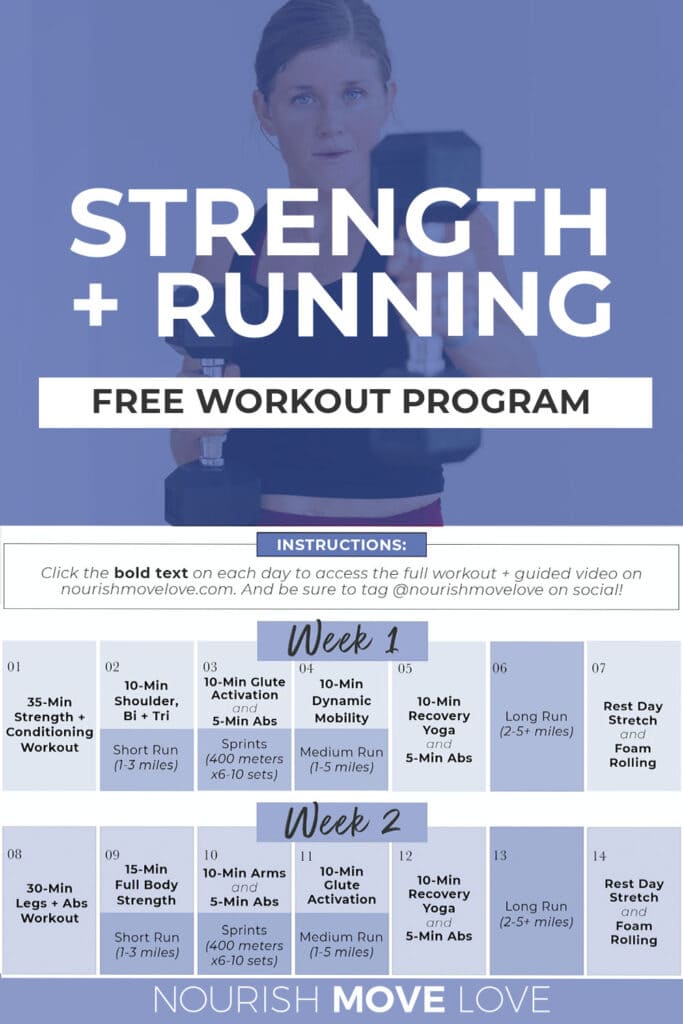Turbocharge Your Runs: Open Your Prospective with Strategic Running Workouts
Turbocharge Your Runs: Open Your Prospective with Strategic Running Workouts
Blog Article
The Ultimate Guide to Handling Pain When Running
Whether you are an experienced marathoner or just beginning your running trip, comprehending the various types of discomfort that can arise and the methods to resolve them is essential. From pre-run warm-up routines to appropriate footwear option, there are many aspects to consider when it comes to dealing with discomfort while running.

Recognizing Various Sorts Of Running Discomfort
When running, it is crucial to differentiate between various kinds of pain to stop injuries and maximize efficiency (Read More). One common sort of discomfort that runners may experience is muscular tissue pain, which commonly emerges from the anxiety put on muscles throughout exercise. This kind of discomfort is often a normal component of the running procedure and can be handled through correct workout, cool-down, and stretching regimens
Another kind of discomfort to be knowledgeable about is joint pain. Joint discomfort can show issues such as overuse, inappropriate kind, or underlying conditions like joint inflammation. Disregarding joint discomfort can bring about more serious injuries, so it is critical to deal with any type of pain quickly and potentially look for specialist guidance.
Furthermore, sharp or stabbing discomforts need to not be ignored. These sorts of pain can indicate intense injuries such as strains, sprains, or tension fractures - running strategy. Remaining to run via these kinds of discomfort can exacerbate the injury and lengthen recuperation time

Pre-Run Warm-Up and Extending Routine
To prepare the body for a running session, executing an effective pre-run workout and stretching regular is crucial. A correct warm-up aids boost blood flow to the muscles, boosts versatility, and decreases the threat of injury during the run. By including a constant pre-run warm-up and extending routine into your running regimen, you can enhance performance and lessen the risk of pain or injury.
Proper Shoes Selection and Fit
Picking suitable footwear that fits well is crucial for joggers to avoid discomfort and minimize the risk of injuries. Ill-fitting footwear can result in sores, black toenails, shin splints, and various other uncomfortable problems that can hinder efficiency and sideline training. When picking running footwear, it is necessary to think about factors such as foot type, running stride, arch support, cushioning, and footwear size. running workout. Seeing a specialty running shop for a stride evaluation and professional installation can aid guarantee that you pick the right footwear for your individual requirements. Running footwear need to provide appropriate assistance and security while additionally being comfortable and light-weight. In addition, it is advised to replace your running shoes every 300-500 her response miles to preserve appropriate padding and support. Purchasing high-grade footwear that is suitable for your running style and foot composition is an aggressive action in the direction of preventing pain and injuries throughout your runs.
Nourishment and Hydration Tips for Pain Avoidance

Hydration is just as essential for runners to avoid aches, dehydration, and various other pains that can lead to pain during running. By focusing on nutrition and hydration, runners can improve their efficiency, reduce pain, and appreciate a more comfortable running experience.
Post-Run Healing Techniques to Ease Pain
Carrying out reliable recovery techniques is necessary for minimizing discomfort and advertising muscle recovery after running sessions. One crucial post-run recuperation strategy is stretching. Incorporating static stretches for major muscle mass groups can help in reducing muscular tissue stress and pain. Foam rolling is another advantageous practice to release muscle tightness and enhance blood flow to the muscles, aiding in quicker healing. Furthermore, icing sore areas for 15-20 minutes can assist decrease swelling and numb pain post-run.
Moisturizing appropriately post-run is crucial for restoring liquids shed during exercise and assisting in muscular tissue healing. Taking in a balanced snack or meal that includes healthy protein and carbs within half an hour of completing a run can help fix muscle mass tissue and renew energy shops. Furthermore, getting enough remainder is crucial for allowing the body to fix and enhance muscles. Incorporating energetic recuperation tasks such as light walking or swimming can additionally assist promote blood circulation and decrease muscle rigidity - Read More. By incorporating these post-run recuperation techniques right into your regimen, you can successfully handle pain and maximize your running efficiency.
Final Thought
To conclude, resolving various types of running discomfort via appropriate workout, stretching, shoes option, nourishment, hydration, and post-run recovery strategies is necessary for pain avoidance and management. By recognizing the root causes of discomfort and executing these strategies, joggers can minimize discomfort and prospective injuries. It is essential to focus on general physical wellness and well-being to make certain a successful and delightful running experience.
Report this page